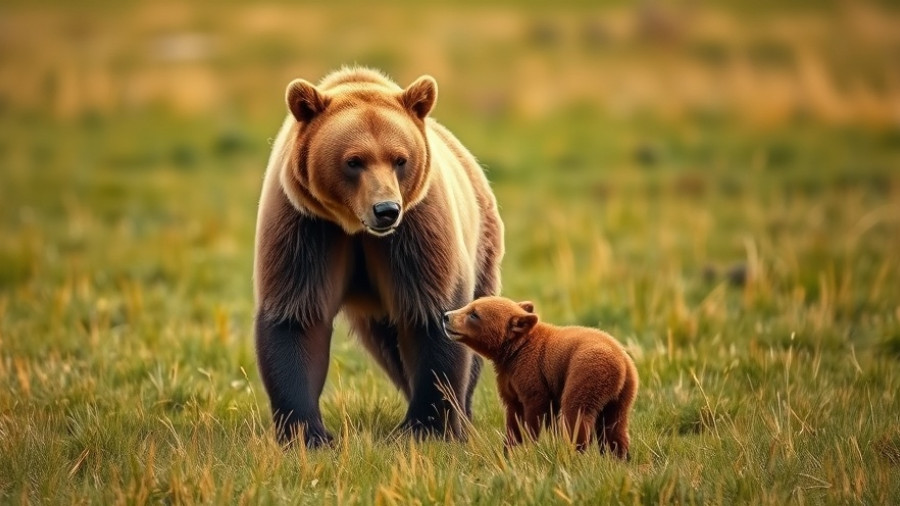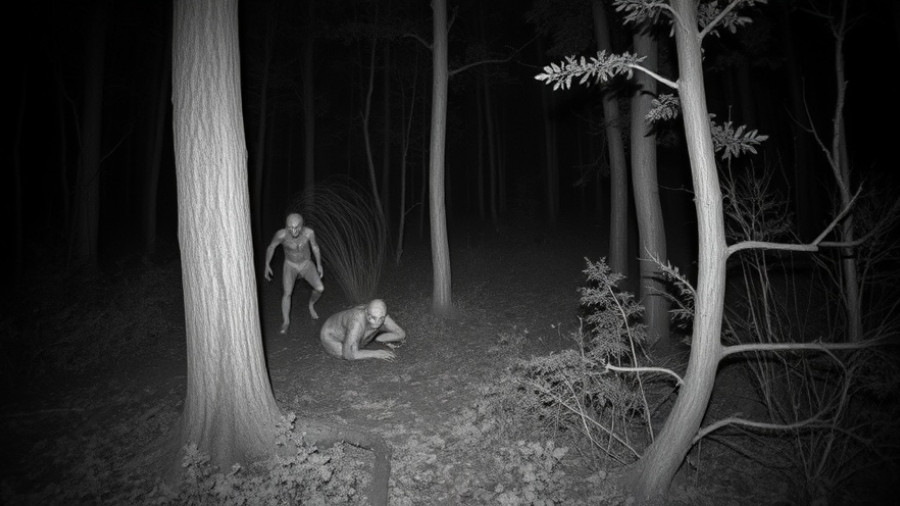
Transform Your Outdoor Space with a Beverage Fridge
As homeowners in the MidSouth are increasingly embracing outdoor living, there's a noticeable shift—outdoor spaces are no longer just extensions of the home; they are now vibrant environments for gathering, celebrating, and enjoying life. This trend goes beyond basic patio furniture and grills. To truly upgrade these areas, many homeowners are investing in practical yet luxurious additions, like a beverage fridge. Imagine the delight of sharing a chilled glass of wine with friends without the need to dash back inside!
Understanding the Value of Outdoor Refrigeration
A beverage fridge serves as a practical convenience that can elevate your outdoor experience. Unlike standard indoor refrigerators, these outdoor models are specifically engineered to endure the elements, meaning they can handle fluctuating temperatures and humidity while maintaining optimal chilling conditions. With everything you need at your fingertips, you can keep the festivities flowing smoothly and ensure that no guest is left waiting for the next round of drinks.
Perfectly Chilled Wine: Why Temperature Matters
For real wine aficionados, the ideal serving temperature can make or break the experience. Here’s a quick guide to achieving perfection:
- Whites and Rosés: Serve between 45–50°F for crisp refreshment.
- Reds: Slightly cooler than room temp—aim for 55–65°F to enhance flavors.
- Sparkling Wines: These should be served icy cold, around 40–45°F, to accentuate their fizz.
Seamless Outdoor Entertaining
By integrating a beverage fridge into your outdoor kitchen, you're not just enhancing convenience; you're maximizing the functionality of your outdoor living area. Less time spent running indoors means your gatherings remain uninterrupted. This not only allows guests to socialize freely but also keeps the indoors uncluttered—a key element when hosting larger gatherings.
The elimination of congestion in the main kitchen can result in smoother interactions and a more relaxed atmosphere, letting you focus on creating joyful memories rather than running around to accommodate your guests.
Stress-Free Hosting: Tips for Success
One of the most significant advantages of adding a beverage fridge is the peace of mind it brings to the hosting experience. No more worries about serving your guests warm wine or scrambling for ice when someone asks for a spritzer. Here are some hosting tips that can further enhance your outdoor gatherings:
- Pre-Stock: Fill your fridge with a variety of wines and beverages ahead of time, catering to your guests' preferences.
- Organize by Type: Store drinks in an organized manner to facilitate quick access during parties.
- Keep Ice Handy: A dedicated ice bucket outside can ensure that drinks stay refreshingly cool.
Future Trends in Outdoor Living Spaces
As outdoor living becomes an integral part of modern homes, it’s clear that trends will continue to evolve. The focus on practicality combined with luxury will see more homeowners considering appliances like outdoor beverage fridges not just as amenities but as essential components of entertaining spaces. Moreover, with the ongoing emphasis on health and wellness, having space for chilled beverages can invite joyful gatherings that naturally promote socialization and relaxation—elements crucial to well-being.
Conclusion: Embrace Outdoor Living
Whether you're hosting a quiet evening with friends or throwing a festive celebration, an outdoor beverage fridge elevates your experience. Its functional benefits and aesthetic appeal make it an essential feature for any outdoor living space. This September, take advantage of special promotions like a free Azure Outdoor Refrigerator with the purchase of a 9’ outdoor kitchen, and enhance your outdoor oasis. An investment in such a feature brings enjoyment not just for you, but for all your guests, making every outdoor gathering a memorable one.
Ready to level up your outdoor space? Contact our designers today to learn more about beverage fridges and other valuable enhancements.
 Add Row
Add Row  Add
Add 



Write A Comment